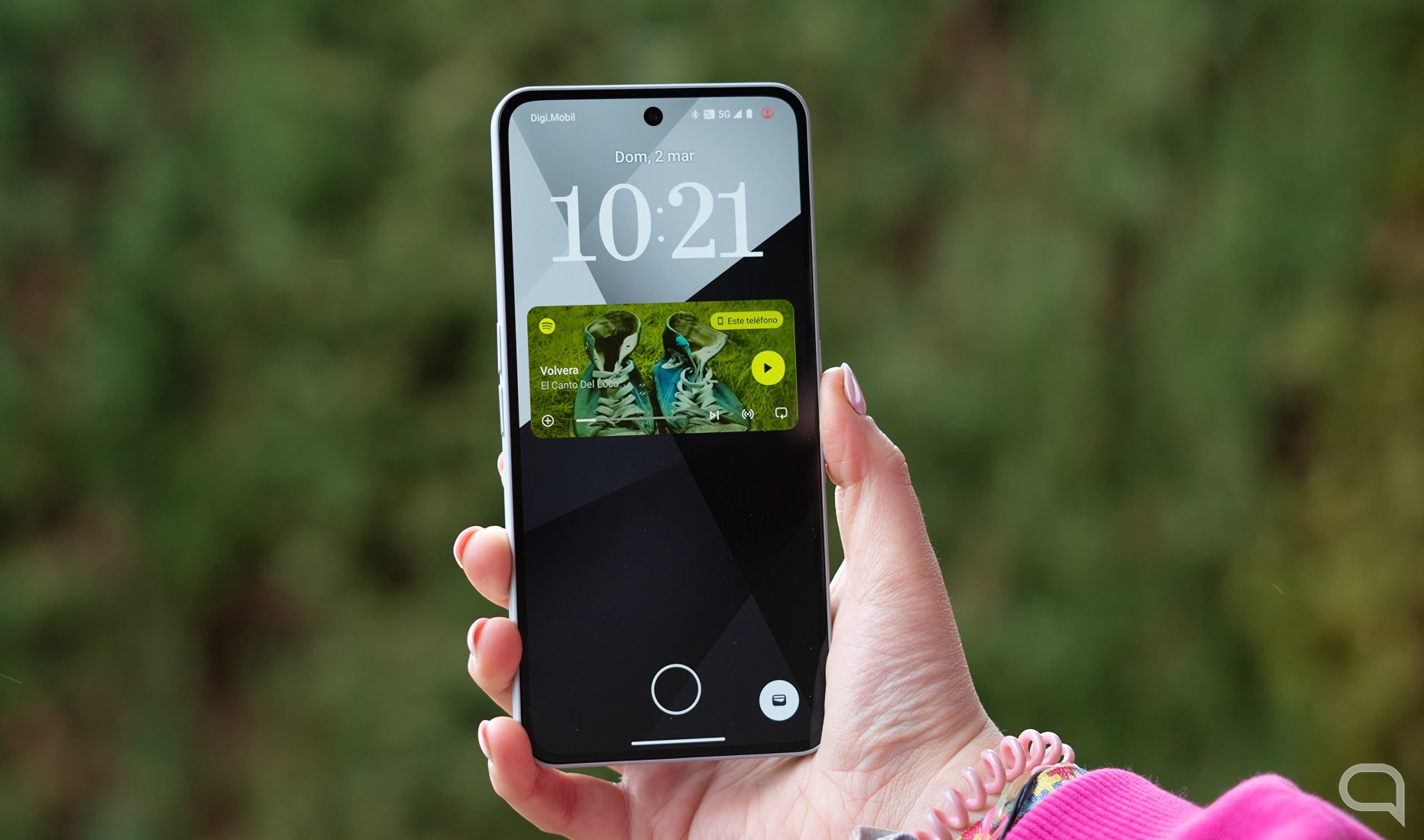SpaceXspace company Elon Musk, made history again. If it has already managed to reuse the first phase of its Falcon 9 rocket up to 20 times, it has now done something even more challenging with the Falcon 9 rocket’s fifth test flight. Starship: return the rocket Super Heavy upon returning to Earth directly in the air without touching the ground. This was made possible thanks to Mehazilla Towerequipped for the occasion with robotic weapons. Without a doubt, this is something unprecedented. This is true. However, we tend to think that creating a rocket that can be reused is also unprecedented, in which case they exist.
In fact, the design of the first reusable rocket took place. in the 60son top Apollo missions. Elon Musk wasn’t even born at that time.
The reusable rocket in question was called SASSTO and that was pretty different from super heavybut similar enough to be considered an inspiration. Unlike the Falcon 9 or Super Heavy, SASSTO has never flown. After carrying out the appropriate calculations, it was recognized that this was not economically feasible. However, those who came to this conclusion may have been wrong in their predictions.
Background of Falcon 9 and Super Heavy
The engineer responsible for SASSTO was an American. Philip Bono. This scientist worked for North American Aviation when he came up with an idea. This company was responsible for the design and construction Saturn Van expendable rocket designed to launch the Apollo spacecraft.
It was a multi-stage disposable machine. Multi-stage rockets have long been considered superior to single-stage rockets. This is because if each phase has its own engine and its own fuel, since they are no longer needed, they can be released, making the rocket lighter and able to gain speed. Although it has a serious disadvantage for launching, since with all its phases loaded with fuel, the rocket would be especially heavy.
Bono believed that this problem could be solved with a single-phase, bullet-shaped rocket that could be reused. Multistage rockets like the Saturn V were entirely expendable, which was more expensive and polluting. But let’s focus on the fact that it was expensive, which was the most important thing for the investors of the project.
To solve this problem, Bono developed SASSTO, a ballistic missile weighing 87,887 kg, 19 meters long and 6.71 meters in diameter. It was capable of carrying a 2,812 kg payload, releasing a transportable rocket and landing vertically again, just like takeoff. At least that was the project, well it was never built. And it’s a shame, because it was also reusable. To do this, it had to have a hydrogen cooling system that would protect the engines upon reentry. This will act like an email.heat shield.
Why couldn’t the super-heavy spaceship launch?
At that time, budget calculations concluded that SASSTO would Cost effective for light loads. However, for heavy loads, a Saturn V-type rocket would be a better option. Therefore, disposable multi-stage rockets have become the preferred option.
And this has been the case for many years. Even SpaceX initially opted for multi-stage rockets. But they soon became interested in the idea of a reusable rocket.
SpaceX: from Falcon 9 to Starship
Elon Musk’s company, hired by NASA to develop the shuttles that will carry astronauts into space, is also betting on multi-stage rockets. However, in recent years, to reduce the cost costs and pollution They (presumably) resorted to rockets in which one of the stages is reusable.

Falcon 9, the first rocket of its type developed by the company, has legs that allow it to land on a reverse landing. It’s the same with Starship. However, the first stage of Starship, the Super Heavy rocket, does not have such supports. This significantly reduces its weight during launch and flight. But this also makes landing impossible. in the traditional way. For this reason, SpaceX engineers decided to build a Mechazilla tower whose arms, called chopsticks, are capable of grabbing the rocket on its way back.
It was difficult and considered impossible to get it to work the first time. However, during Starship’s fifth test flight, the first to test the turret, everything went perfect. The photographs went around the whole world, and this is not surprising, because they are truly impressive.
Elon Musk against space debris?
It is assumed that one of the goals of Elon Musk, CEO of SpaceX, is to reduce costs as well as reduce pollution caused by space industry. It is very expensive to build a ship like Starship, and besides, it has carbon footprint huge.
On the other hand, although disposable missiles usually fall into the sea, in many cases they can remain converted into space debrisI have been wandering aimlessly around the outskirts of our planet for many years now.

With Falcon 9, Super Heavy and Starship these problems are reduced. Bravo to Elon Musk. The problem is that this doesn’t even come close to making up for all the space junk it produces with its Starlink satellite trains. Not only do they create severe light pollution, but they can also be dangerous, interfering with radio telescopes or other telecommunications systems. And this is not forgetting that the more objects there are in space, the greater the likelihood that a dangerous collision will occur. This is the biggest risk of space debris.
Therefore, the use of reusable rockets could be beneficial, especially if they are used for scientific purposes. However, they do not compensate for the risks of other SpaceX maneuvers. You can admire what has been achieved, but not forgetting that not everything is so positive around Elon Musk’s space company.
Source: Hiper Textual














